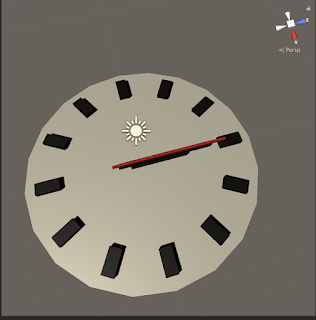Game Elements
All games have several formal elements, meaning that they can be defined. While some games will contain elements that are not necessary for functionality, there are core elements that are needed for a medium to become a game.
Players:
Without at least one player, a game cannot be played. It must be defined how many players are needed for play. Chess needs exactly two players, and it cannot function properly without both players. Solitaire needs exactly one player. and they play versus the system of the game. There are many games that do not need an exact amount of players. Many first person shooters do not need an exact amount, and the game can be played with either odd or even numbers. Once the game establishes how the players interact, the play is in motion. eg One v One v One - Free for All, Team Competition, Head to Head etc.
Objectives:
For a game to be completed, there must be a scenario that causes the games end. Using chess as an example once more, the objective is to checkmate your opponents King piece. This means that your opponent cannot move his King without the player moving to take it. This is the established end goal with several ways to approach reaching this point. Other end objectives can be collection - obtaining all required pieces such as in Go Fish, solving a puzzle as done in Cluedo, and capture or destroy like in many online video games where the objective is to eliminate enemy forces.
Rules:
According to the linked article, there are three categories of rules. Setup, Progression of Play, and Resolution. The setup would be preparing the game for play eg. placing the pieces in the correct positions on the chess board, shuffling a deck of cards and dealing the correct amount of cards to each player. The progression of play is how the game unfolds. Once again using chess as an example, a player may make one move, taking their piece and moving it within the defined parameters. Play then goes to your opponent. The resolution is when there is a checkmate, as explained earlier, or a stalemate. A stalemate is when a player is not in check, but cannot move except into check. This is counted as a draw. There are more rules in games that sometimes go undefined. A timer is one such implied rule. In professional chess tournaments there is a timer for each turn. But in home games, a timer is usually not implemented, therefore leaving it an unspoken rule that a player will simply not take a turn to avoid losing the game.
These three formal elements are only some of many that can make up a game. This is before delving into resources, themes, player interactions and many more.
- Ultan
 |
| A chess board set up for play. Source: WikiMedia |
Players:
Without at least one player, a game cannot be played. It must be defined how many players are needed for play. Chess needs exactly two players, and it cannot function properly without both players. Solitaire needs exactly one player. and they play versus the system of the game. There are many games that do not need an exact amount of players. Many first person shooters do not need an exact amount, and the game can be played with either odd or even numbers. Once the game establishes how the players interact, the play is in motion. eg One v One v One - Free for All, Team Competition, Head to Head etc.
Objectives:
For a game to be completed, there must be a scenario that causes the games end. Using chess as an example once more, the objective is to checkmate your opponents King piece. This means that your opponent cannot move his King without the player moving to take it. This is the established end goal with several ways to approach reaching this point. Other end objectives can be collection - obtaining all required pieces such as in Go Fish, solving a puzzle as done in Cluedo, and capture or destroy like in many online video games where the objective is to eliminate enemy forces.
Rules:
According to the linked article, there are three categories of rules. Setup, Progression of Play, and Resolution. The setup would be preparing the game for play eg. placing the pieces in the correct positions on the chess board, shuffling a deck of cards and dealing the correct amount of cards to each player. The progression of play is how the game unfolds. Once again using chess as an example, a player may make one move, taking their piece and moving it within the defined parameters. Play then goes to your opponent. The resolution is when there is a checkmate, as explained earlier, or a stalemate. A stalemate is when a player is not in check, but cannot move except into check. This is counted as a draw. There are more rules in games that sometimes go undefined. A timer is one such implied rule. In professional chess tournaments there is a timer for each turn. But in home games, a timer is usually not implemented, therefore leaving it an unspoken rule that a player will simply not take a turn to avoid losing the game.
These three formal elements are only some of many that can make up a game. This is before delving into resources, themes, player interactions and many more.
- Ultan


Comments
Post a Comment